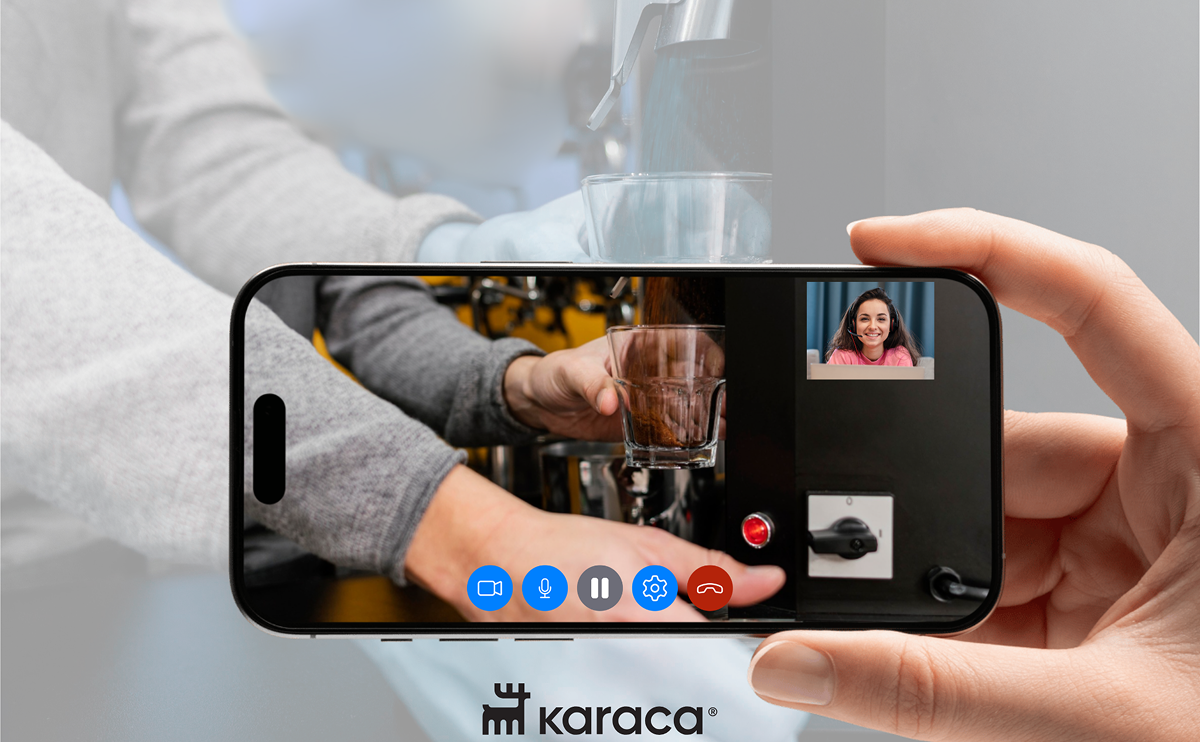7 Operational Best Practices for Running a Successful Video Call Center

Implementing a video call center can significantly enhance the customer experience by offering a more human, visual, and empathetic interaction. However, great technology alone isn’t enough. Your operational setup and agent readiness are just as critical.
Here are 7 key operational best practices that every organization should consider when launching or running a video call center service.
1. Prepare Your Agents for On-Camera Professionalism
Your video support agents are not just solving problems — they are representing your brand visually. To ensure consistency and trust:
-
- Train agents in body language, voice tone, and on-camera etiquette.
- Set standards for lighting, background, and camera angle.
- Define professional appearance guidelines aligned with your brand.
🎯 First impressions in a video call are visual — get them right.
2. Provide an Appropriate Physical Setup
The workspace directly affects call quality:
-
- Ensure a quiet, distraction-free environment.
- Use neutral or branded digital backgrounds.
- Provide external cameras, lighting, or headsets when needed.
3. Standardize the Video Call Workflow
A structured video call process helps ensure consistent experiences:
-
- Define how agents greet and close calls.
- Establish a secure method for customer identity verification.
- Specify which screens, tools, or forms should be used during the call.
4. Build Empathy and Visual Communication Skills
Video customer support isn’t just technical — it’s emotional. Agents should be trained to:
-
- Recognize visual cues and body language,
- Show empathy naturally,
- Adapt to the customer’s tone and energy.
5. Ensure Privacy and Data Security
In a video call center, security is as important as convenience:
-
- Always obtain explicit consent if calls are recorded.
- Prevent exposure of sensitive information during screen sharing.
- Follow local data protection laws (e.g. GDPR, KVKK).
6. Adjust Performance Metrics for Video Support
Video customer service has different dynamics than phone or chat:
-
- Calls may take longer — focus KPIs on resolution quality, not just quantity.
- Use metrics like:
- First Contact Resolution (FCR)
- Customer Satisfaction (CSAT)
- Average Handling Time (AHT) – with adjusted benchmarks
7. Support Agent Wellbeing and Resilience
Video calls can be emotionally demanding:
-
- Offer regular coaching and feedback.
- Provide stress management tools and peer support.
- Monitor emotional load and rotate call types if needed.
To run a successful video call center, it’s not enough to invest in great software — you need an operational framework that centers around people. By preparing your agents and processes thoughtfully, you can increase both customer satisfaction and operational efficiency.
🔗 Looking to launch or improve your video call center operations? Contact us to explore how we can help.




